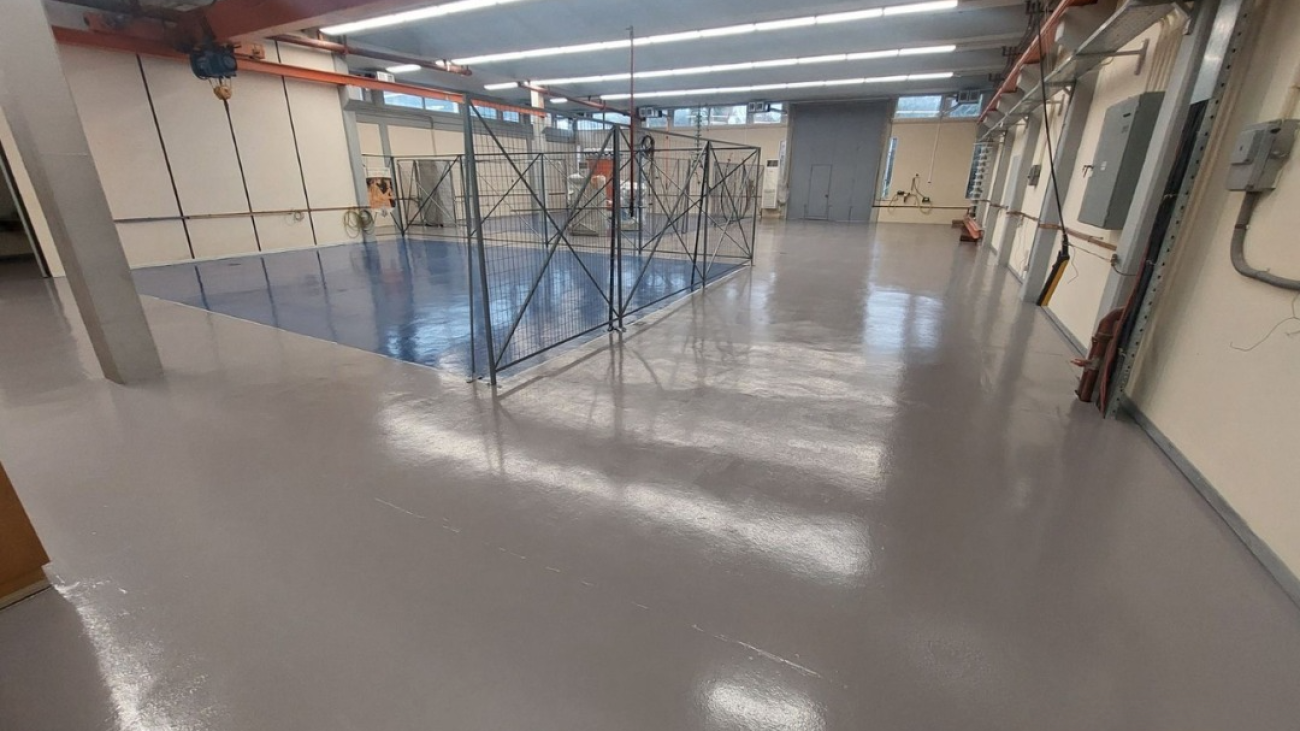The construction industry depends on concrete as its fundamental foundational material. The infrastructure structures of roads, bridges, tunnels, and buildings depend fundamentally on their tensile strength. The material becomes brittle due to exposure to moisture, chemicals, and temperature variations.
The structure suffers from failure when no intervention occurs before the situation progresses to costly repair requirements or total replacement needs. Polyurea coatings present an effective solution that restores structural integrity and prolongs the system’s lifetime before stopping future deterioration. The breakdown of concrete structures generates extensive damage to infrastructure systems.
While concrete looks sturdy, it naturally attracts moisture. The concrete’s porous structure allows water, dissolved salts, and chemicals to penetrate its holes. Freeze-thaw cycles grow more frequently in cold weather conditions, leading to additional infrastructure damage. The freezing water within the material expands, causing its width to increase and further widening existing cracks. The moisture-reaching steel reinforcement triggers its corrosion process to begin. The expansion of rust presses down on the adjacent concrete, generating spalling and reducing structural strength. The deterioration process speeds up when concrete systems come into contact with chemicals. Industrial facilities, wastewater plants, and bridges experience continuous exposure to corrosive substances. The cement matrix material breaks down into manageable pieces when concrete surfaces come into contact with acids and oils and de-icing salts. Concrete surfaces will continue to deteriorate without protection, needing more regular repairs that affect operational productivity.
Polyurea Coatings Extend the Service Life and Intensify the Durability of Concrete Restoration Jobs.
The current repair strategies include applying bandages to cracks, using sealants, and adding additional structural layers. The functional restoration provides no long-term protection against future degradation.
Polyurea coatings represent an alternative solution
Polyurea comes in spray form, creating a continuous, flexible barrier that directly bonds with concrete substrates. The flexible sealant outperforms traditional rigid sealants because it elongates with structural movement to prevent fresh crack development.
Polyurea shows exceptional water resistance, which proves beneficial for concrete restoration work in areas with high moisture presence. Polyurea exhibits instant setting characteristics that surpass epoxy coatings that require prolonged curing times. Facilities can resume operations more quickly because of this fast curing process, which reduces downtime. Polyurea coatings provide durable protection against acids solvents and industrial fluids; otherwise, compatibility issues would occur with conventional coatings.
Application of Polyurea on Damaged Structures.
The application of polyurea starts with site preparation for better adhesion. The service includes concrete chipping for removal, total surface cleaning and crack repair. Polyurea spray applications create a uniform coating that covers all structural details. The instant bond forms a barrier that protects against moisture penetration through the concrete pores. Polyurea conforms to irregular shapes to protect corners, extension joints, and exposed rebar without establishing vulnerable areas. This approach extends beyond industrial settings. Polyurea serves roadways and airfields alongside bridges parking decks and seaside structures by providing water exclusion and erosion protection against impact damage. The extended service life gained from protective coatings enables older structures to continue operational use rather than requiring expensive replacement.
Future Development Strategies for Concrete Repair and Maintenance
Since existing infrastructure continues to age, implementing lasting solutions announces itself as a priority need. Polyurea coatings lead infrastructure restoration practices toward a forward-thinking maintenance approach away from traditional repair actions. Their ability to restore and reinforce concrete makes them valuable in maintaining critical structures. The ongoing development of coating technologies will keep polyurea relevant for extending service life and decreasing maintenance expenses for concrete substrates.

